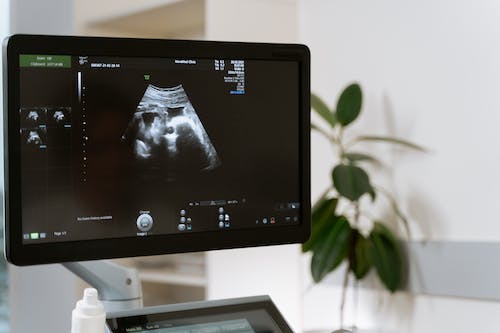How to Do an Ultrasound By Yourself: Instructions and Tips?
You probably already know that ultrasound is a great way to diagnose and treat urolithiasis, an abnormal growth of the tubes connecting the bladder to the uterus. But you might not know how to do it yourself. Even if you’re a certified health care assistant or a medical student, it’s still useful to have basic information about what kinds of tests can be performed and how to do them correctly. This article will take you through the basics of doing an ultrasound without any medical supervision. It will also help you get the most out of your visit with a partner or a family member with an endometriosis diagnosis. If you’re new to this whole “do it yourself” thing and need some inspiration, check out these other articles on our website: How To Do An Uterus By Yourself: Myths And Facts, How To Do An Ultrasound Without A Doctor’s Permission And How To Do Reassessment Ultrasound Measurements With Your Baby in Your Arms
What is an ultrasound?
An ultrasound is a medical diagnostic tool that can tell you more about your baby than you could ever know on your own. If you have endometriosis, a doctor may recommend an ultrasound to get a better understanding of the growth of your uterus and its connections to your other organs. Other medical conditions, such as herpetic neuralgia and brain bleeding, may also require a medical exam to rule out more serious conditions, such as a brain or spinal cord injury.
Why use an ultrasound?
There are many advantages to doing an ultrasound by yourself: You can get a true look at the inside of your uterus and walls. You can identify any abnormal growths on the walls of your uterus. You can identify any abnormal growths in your blood vessels. You can get a better understanding of your baby’s head circumference and development.
How To Do An Uterus By Yourself: the fundamentals
To get the most out of your visit with a partner or a family member with endometriosis, you need to have the basic knowledge about how an ultrasound works. Here are a few things to keep in mind while building your own equipment: The camera is pivoted around your infant’s body. So, it’s facing you, not the camera sensor. We’ll talk more about this in the “How to Do an Uterus By Yourself: The Ultrasound Fundamentals” section below. The ultrasound sensor is located in your abdomen. So, it’s located in your area of deepest “wear. It means that your baby is constantly “moving” there. We’ll discuss more about this in the “How to Do an Uterus By Yourself: The Ultrasound Fundamentals” section below. You put your hand through a hole in the fabric of your clothing. So, the camera can’t see your hand. But it can see your baby. So, the camera can yield “more rays of light.”.
Read More: How to Connect Your WiFi in Your Home and Work?
How To Do An Uterus By Yourself: the ultrasound fundamentals
The first thing you need to understand about the ultrasound process is that it is not a medical exam. It is a diagnostic test. So, you don’t need a doctor’s order to take it. You can do it at home or at a clinic. You can use any standard vibrancy monitor or digital rangefinder to record the ultrasound signal. But you should use a calibration monitor that precisely tracks the signal’s intensity. This way, you will know how much signal is detected by the sensor and how much modulation occurs during the transmission.
How To Do An Uterus By Yourself: the test
The next thing you need to understand about the test is that you don’t need a doctor’s order to do it. It is perfectly okay to take your baby to the doctor’s office to have an ultrasound. The doctor will require a written examination, and you can take it at home without a doctor’s order. You can do an ultrasound at home or at the doctor’s office. But the best thing to do is do it at the doctor’s office.
How To Do An Uterus By Yourself: the results
When it comes to the results of the test, you will be extremely happy to learn that you have a perfect baby boy. Your baby is probably about a third “asleep” and a quarter “crying” when you take the test. You will notice that he is a bit larger than his traditional peers when he is 3 months old. That is because he is growing in the womb. Although he is a bit heavier, he is also more developed as a fetus. This is because he is brutish and survival-based on instinct. He needs to be fed and played with.
Conclusion
An ultrasound provides a medical diagnosis, provides better information on the health and development of your baby, and enables you to get a better understanding of how your body works. Finish this article, and you will be ready to start building your own equipment to identify and treat endometriosis.




